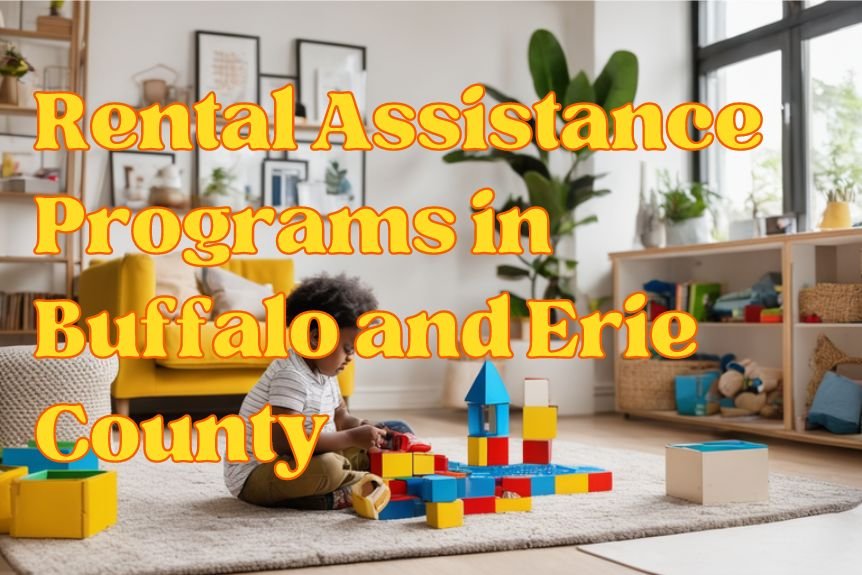In Austin, you have access to several critical rental assistance programs to stabilize your housing situation. The Emergency Housing Stability program offers one-time rental subsidies, prioritizing households at or below 30% Median Family Income (MFI). Austin Tenant Support provides financial aid to tenants facing eviction, covering both overdue and future rents. The Homelessness Prevention Initiative extends up to 18 months of rent help, directly paying landlords. Low-Income Rental Help targets households below 30% MFI, focusing on long-term stability. Temporary Housing Programs facilitate temporary shelter with all-encompassing support for regaining independence. Exploring these programs further could offer you essential housing security.
Emergency Housing Stability

Addressing emergency housing stability, the Emergency Rental Assistance Program in Austin, initiated on May 1, 2020, strategically provided one-time rental subsidies to support households severely impacted by the economic downturn. As the Coronavirus pandemic exacerbated financial strains, this program targeted relief efforts by offering a vital safety net through assistance with rent, aiding nearly 1,680 households initially.
The design of this program recognized the acute need for public health stability by ensuring residents could remain in their homes during the pandemic. The program's expansion on August 17, 2020, was a pivotal response to the escalating demand, increasing the funding to $12.9 million to assist an estimated 4,300 households. Importantly, this expansion focused on those most economically vulnerable, specifically targeting households at or below 30% Median Family Income (MFI).
Demographic data revealed that 38% of the beneficiaries were from the LatinX communities, highlighting the program's role in addressing disparities among populations disproportionately affected by the COVID-19 crisis. Over 60% of households served were at the 30% MFI threshold or lower, underscoring the program's alignment with those in dire need of support during unprecedented times.
Austin Tenant Support
Austin Tenant Support actively provides financial aid to tenants grappling with the risk of eviction or housing insecurity. This program is an important resource for you if you're facing difficulties with rental payments due to unforeseen financial challenges. Austin Tenant Support doesn't just focus on overdue rent; it also contributes towards future rental payments, ensuring you have a stable foundation and can maintain your housing over time.
The assistance offered is designed to prevent homelessness by addressing housing insecurity at its core. By helping to cover your essential housing costs, Austin Tenant Support guarantees that eviction, a significant threat to residential stability, is averted. This proactive approach is essential in helping maintain community stability and individual well-being in Austin.
As you navigate these challenges, it's important to understand that Austin Tenant Support is more than just financial aid; it's a lifeline that supports tenants in maintaining long-term housing security. If you're at risk of losing your home, make sure to reach out to this program. By doing so, you can access the necessary resources to prevent an escalation towards homelessness and ensure your right to a secure living environment is upheld.
Homelessness Prevention Initiative

The Homelessness Prevention Initiative provides essential rental assistance, targeting households earning at or below 30% of the Median Family Income to prevent the risk of homelessness in Austin. By focusing specifically on those most vulnerable, this program guarantees that financial aid reaches individuals and families at critical times.
Here are some key aspects of the initiative:
- Extended Support: Financial assistance covers up to 18 months of rent, including arrears and future payments, which is crucial for maintaining long-term housing stability.
- Direct Payment to Landlords: Ensuring that funds are directly paid to landlords not only secures the housing but also streamlines the process, reducing potential delays or complications for the recipient.
- Targeted Impact: With a significant portion of the LatinX community affected, the program specifically addresses disparities in homelessness risks among ethnic groups in Austin.
This analytical approach highlights how the Homelessness Prevention Initiative not only provides immediate rental assistance but also strategically works to prevent homelessness by stabilizing households financially for an extended period. The initiative's success is evident in its expansion plans to assist an estimated 4,300 households, demonstrating a proactive commitment to keeping residents housed and secure in their community.
Low-Income Rental Help
Low-income rental help programs in Austin specifically target households earning at or below 30% of the Median Family Income, prioritizing aid to those most in need of stable housing. These programs are essential for maintaining housing stability among the most vulnerable populations, particularly within the LatinX communities.
Key Details of Low-Income Rental Assistance in Austin
| Aspect | Detail |
|---|---|
| Target Population | Households ≤ 30% Median Family Income |
| Focus Group | LatinX populations (38% of beneficiaries) |
| Duration of Assistance | Up to 18 months |
| Type of Payments | Covers overdue and future rent |
| Eligibility Requirements | Specific income limits and location requirements |
The assistance provided can cover up to 18 months of rent. This includes payments that are overdue, ensuring that beneficiaries do not fall behind or become at risk of eviction. The eligibility criteria are set to make certain that assistance reaches those who are most in need, adhering strictly to income limits and location requirements. This strategic focus helps in directing resources efficiently, safeguarding the stability of low-income households in Austin.
Transitional Housing Programs

While low-income rental help programs stabilize housing for many, temporary housing programs in Austin also play an essential role by providing temporary shelter and structured support to those experiencing homelessness. Transitional housing in Austin is designed not just as a shelter but as a holistic platform to guide individuals from instability to stable housing and independence.
Key features of transitional housing include:
- Case Management: Each participant is assigned a case manager who helps navigate the complex processes of securing long-term housing, employment, and accessing other essential services.
- Counseling Services: Participants have access to counseling to address personal issues that may be barriers to achieving independent living, such as mental health or substance abuse.
- Skill Development: Programs often include training and workshops that enhance life skills and employability, essential for self-sufficiency.
This multifaceted approach ensures that transitional housing isn't just a temporary fix but a stepping stone towards stable and independent living. By focusing on both immediate needs and long-term goals, these programs play a pivotal role in breaking the cycle of homelessness, offering more than just a bed — they provide a path to a renewed, stable life.






